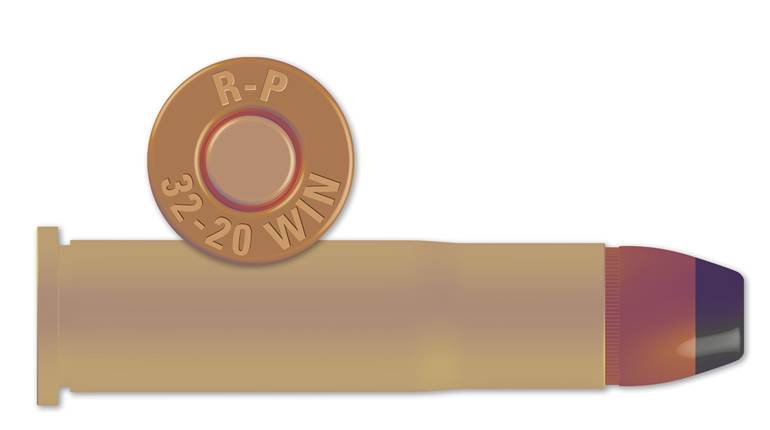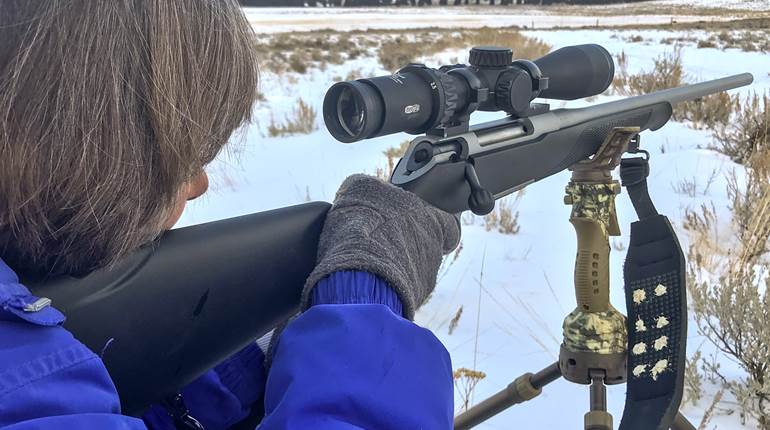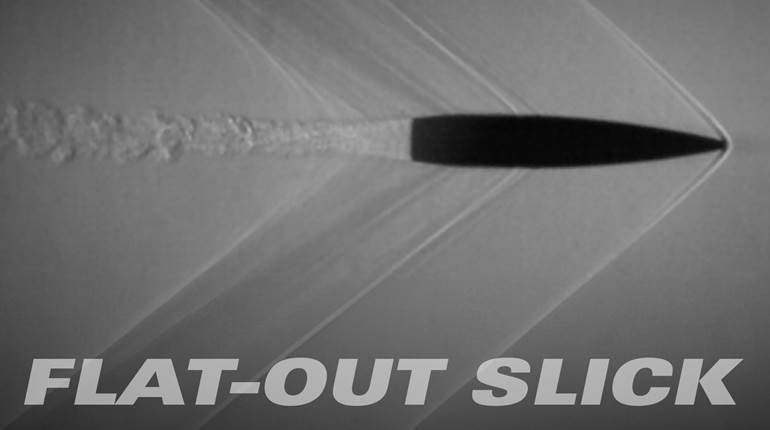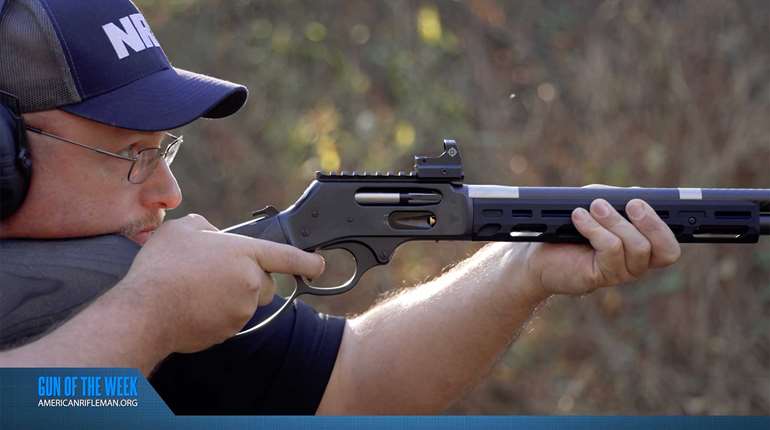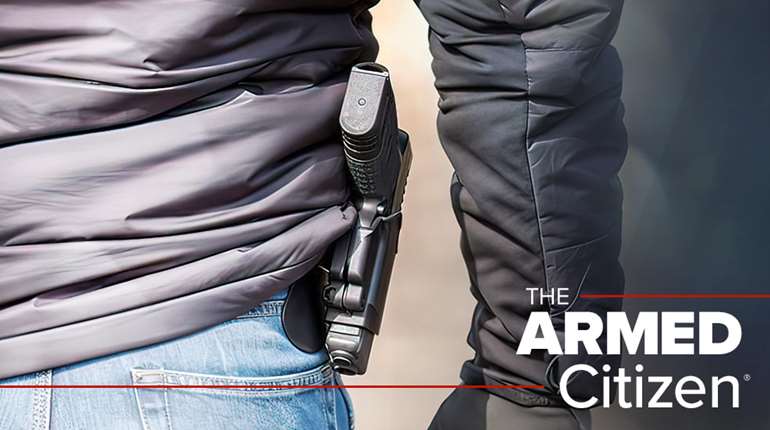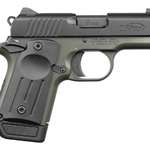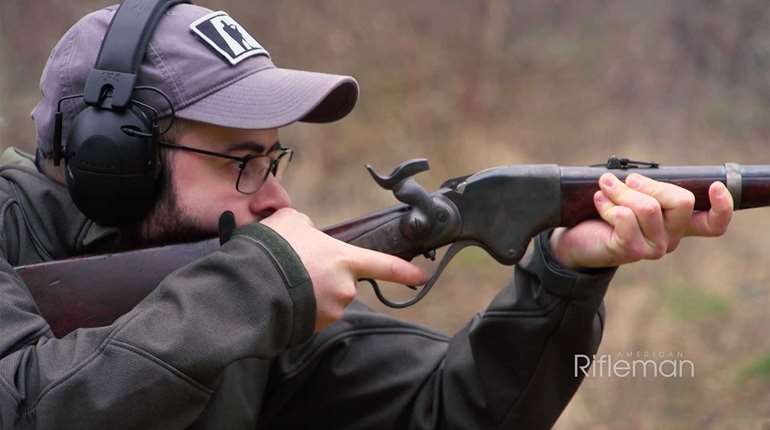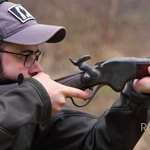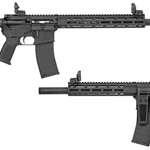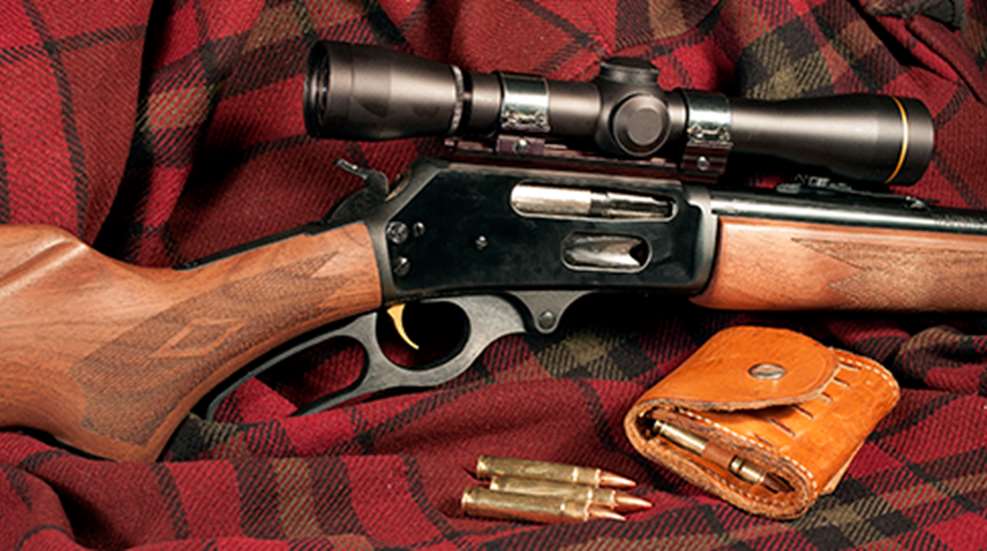
A .35 Remington-chambered rifle makes a hunter want to wear wool clothes-and red plaid at that. It fires a thumb of a bullet at ample velocity and is handy to ply in thickets where the big bucks hole up. That’s a perfect recipe for a brush cartridge and rifle, and, although such combinations are on the wane with forests cleared into broad farm fields, there still remains a place for such a pair. With an adequate selection of bullet weights, a new bullet from Hornady and plenty of proper propellants, handloaders can keep their old and new .35 Rem. rifles shooting in the deer woods.
Times Gone By
Remington introduced its .25, .30, .32 and .35 Rem. cartridges in 1906 in its Model 8 semi-automatic rifle designed by John Browning. The three smaller-caliber Remington cartridges were nothing more than rimless forms of Winchester’s .25, .30 and .32 WCF cartridges and intended to compete with Winchester’s cartridges in Model 1894 lever-action rifles and carbines, also designed by Browning. Those three Remington cartridges have been obsolete since World War II and are now deader than congressional cooperation.
The .35 Rem. cartridge was based on a slightly larger case, and its 35-cal. bullet had no rival. As a result, it prospered. Remington has fairly well carried the freight for its .35 through the years. In 1936 the Model 81 replaced the Model 8. The Model 14 pump came out in 1912 and was replaced in 1936 with the Model 141, which lasted until 1950. Two years later the Model 760 Gamemaster pump took over. In 2005 Remington made a limited run of .35s in its Model 7600 pump. Remington also chambered it in its Model 30 and 600 bolt-actions. Its Custom Shop still chambers the cartridge in the Model Seven.
Other companies also chambered rifles for the .35, notably Winchester and its Model 70 from 1944 to 1947. Today one of those rifles is worth as much as an outfitted whitetail hunt in Texas. During the 1970s and ’80s Stevens made a Model 170 pump and Mossberg a lever-action Model 472 for the cartridge, and Marlin added the .35 to its 336 lever-action line in 1953.
The Marlin 336C is the only production rifle currently chambered in .35 Rem. That still ties it with the .358 Win. as the most popular .35-cal. cartridge, if present production rifles from major manufacturers are used as a gauge. Browning’s BLR is the only rifle chambered in .358 Win. Remington has dropped its .35 Whelen rifles.
The Marlin I’ve been shooting is a nice rifle with point-pattern checkering on the American walnut fore-end and grip and tight wood-to-metal fit. Its open sights are adequate. I used a Weaver aluminum base to mount a 4X scope on it. It is a bit heavy at 7 pounds, 14 ounces, but there is no getting around that, the 336’s receiver is a big slab of steel.
Handloading
Time has been less than kind to the .35 Rem. Reloading dies are readily available from RCBS and others; however, new cases are nonexistent, which can be partially explained by recent runs on handloading components. Federal, Hornady, Remington and Winchester produce factory loads, but pickings are slim on store shelves. After an extensive search I came up with one box of Hornady ammunition and two boxes of Remington.
A 200-grain round nose with an exposed lead tip is the standard bullet for the .35 Rem. Hornady’s 200-grain Flex Tip (FTX) bullet improves on that blunt shape to retain velocity and decrease bullet drop. Its elastomeric polymer tip allows it to be safely loaded in tubular magazines, and its pointy shape forms a sleek ogive that gives the bullet a ballistic coefficient nearly twice that of a regular round-nose of the same weight. That results in about 3 inches less drop at 150 yards and 8 inches at 200 yards. More importantly, the FTX retains about 60 percent of its initial bullet energy at 200 yds., compared to a round nose bullet’s 40 percent.
Speer provides a couple more bullet options with its 180- and 220-grain flat-nose bullets. The first provides higher velocity and the second additional weight. Either way, though, the difference is only half the weight of a .22 Long Rifle bullet compared to 200-grain bullets.
The .35 Rem. case does not contain a whole lot of room for a bullet and propellant. Propellants with a mid-range burning rate work best. My search for suitable options providing good accuracy and velocity started and stopped with Ramshot TAC and Hodgdon LEVERevolution. Those propellants produced velocities slightly faster from the Marlin’s 20-inch barrel than speeds stated in reloading manuals.
Reloading .35 Rem. cases is fairly straightforward. Case mouths should be crimped into a bullet’s cannelure to lock bullets in place against the push of a compressed tubular magazine spring and recoil force. An excessive amount of crimp, though, will bulge the cases’ slight shoulder. To roll crimp cases the proper amount, I ran a Hornady factory load into my RCBS seat die and then turned in the die until its crimp shoulder was in tight contact with the case mouth.
The .35 Rem. cases I used stretched very little on firing and sizing, even though the cases have a slight shoulder and relatively steep taper. Part of that can be attributed to the Marlin’s bolt that locks toward the front. Just as much help was setting the size die to full-length size cases, but set shoulders back only 0.002 inches. That setback was measured with a Hornady LOCK-N-LOAD Headspace Gauge. Still I trimmed all cases to 1.910 inches before loading so that all cartridges would receive the same amount of crimp.
With a box of handloaded .35 Rem. cartridges, my Marlin and I are ready for deer season.
When leaves have fallen from the river bottom cottonwoods and snow is again in the forecast, I’ll be reaching for my plaid wool shirt on my way to the deer woods.













